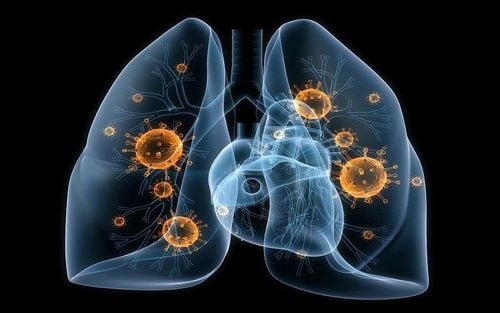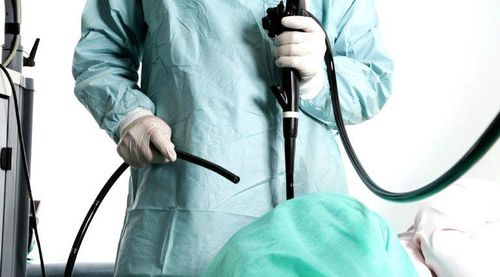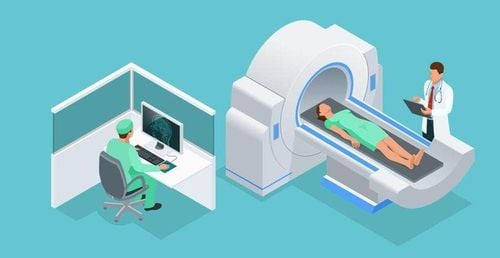This is an automatically translated article.
Endoscopic-assisted thoracotomy is a method where the doctor can see inside the chest and lungs. This technique is applied to perform many different surgical procedures related to thoracic surgery.
1. What is laparoscopic-assisted thoracic surgery?
The method of thoracic surgery with laparoscopic support is also known as Video assisted Thoracic surgery, abbreviated as VATS. This is a surgical method with a minimum incision of 4 to 6cm and is supported by a video screen and professional endoscopic instruments.This surgical method is often used for the treatment of lung and mediastinal pathologies. It has many advantages over open surgical methods. This method does not or less make the ribs, the incision on the skin is small. After surgery, the patient will have less pain, shorter hospital stay and better aesthetics.
2. When is laparoscopic-assisted thoracic surgery used?
VATS is often indicated for lung diseases. This method is used to take biopsies from the lung or pleura, remove lymph nodes, remove lung tumors, or treat other lung conditions such as pleural effusion.
For benign lung diseases, VATS is used for diseases such as bronchiectasis, large pneumococcal cysts and requiring lobectomy, resection of benign lung tumors.
VATS is also indicated for early stage primary lung cancer, less than 6cm in size. With secondary lung cancer, the patient is indicated to remove the tumor, but if the tumor is deep and difficult to remove, the doctor is required to remove the lobe of the lung.
With mediastinal diseases, tumors, mediastinal cysts or lymph nodes present in the mediastinum are indicated for resection can also use this method.
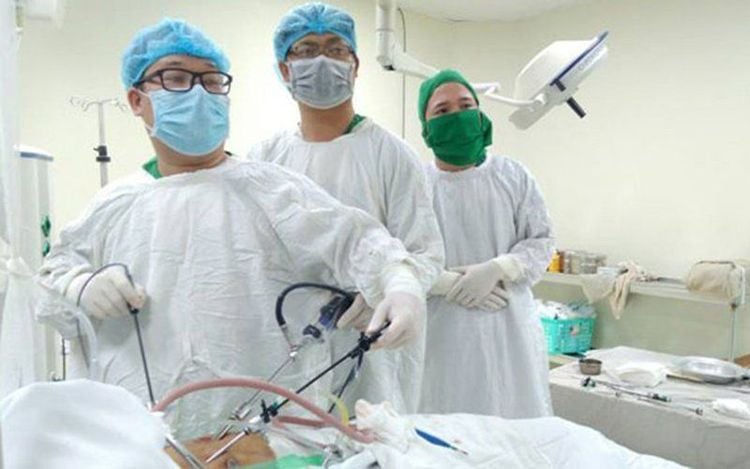
VATS được chỉ định để điều trị các bệnh về phổi và trung thất
3. What does the patient need to prepare for VATS surgery?
Before surgery, the patient will be instructed by the doctors what to do. Patients should stop smoking (if any) to reduce the risk of breathing problems during and after surgery. If anticoagulants are used, the patient should stop taking them several days before surgery.
Patients also need to do some necessary tests to evaluate respiratory function before surgery. If the patient is under general anesthesia, he will be asked to fast, drink before surgery, the timeline will be clearly stated by the doctor.
4. How to perform VATS surgery?
There are 2 main surgical techniques that are lobectomy and laparoscopic mediastinal resection. After preparing the anesthetic steps, placing the trocar and making an incision... the doctors will perform the surgery according to the technique depending on the patient's condition.
4.1 Lobectomy Surgery Separately analyze the components: veins and arteries supplying the lobe of the lung to be cut; Cutting and suturing arteries and veins by automatic cutting system; Bronchoscopic dissection of the lobe of the lung needs to be cut, temporarily clamped, and inflated to check the integrity of the remaining lung parts; Bronchectomy; Take specimens and send them to pathology; Check the tightness of the bronchoscope tip by pouring sterile serum into the pleural space and then the lung room for examination. If there is air leakage through the cutting tip, it is necessary to strengthen stitches; Pay attention to check for bronchial artery bleeding; Dredging lymph nodes; Hemostasis, and breast irrigation; Place a silicone drain into the pleural cavity, continuously aspirate the drainage after placement; Close the chest and the trocar holes. 4.2 Surgery to remove mediastinal tumor Surgery to separate the tumor from the lung and mediastinum by using endoscopic tools such as, super warm knife, electric knife; Vascular hemostasis; If the cyst is too large, it is possible to aspirate the fluid inside the cyst; Attention should be paid to the management of minor complications such as pulmonary lacerations, small blood vessel tears or tumor rupture; Be prepared to perform transsternal or classical thoracotomy to control complications such as heavy bleeding; The other stages of surgery are similar to lobectomy.
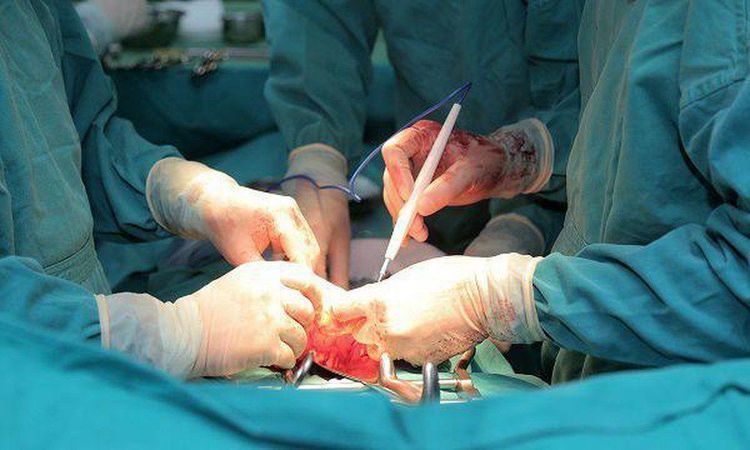
Tiến hành mổ mở lồng ngực đề kiểm soát biến chứng xảy ra
5. Monitoring and managing complications after surgery
Patients will be tested for blood gases, blood count, liver and kidney function, electrolytes, and hematocrit 15-30 minutes after returning to the recovery room. The patient will have an X-ray at the bed.
Doctor checks hemodynamics continuously, respiratory support, urine, drainage every 30 minutes or once every 1 hour depending on hemodynamic status.
Patients are treated with antibiotics to prevent infections along with heart drugs, diuretics and receive blood transfusions and blood replacement solutions depending on the patient's condition.
Patients after surgery with VATS will recover faster, with less pain than with open surgery. Possible complications such as bleeding, atelectasis or respiratory failure will be regularly monitored by the doctor and promptly handled.
6. What can patients expect after VATS surgery?
After surgery, the patient can be discharged in just 3-5 days depending on the level of recovery. This method also helps patients less pain and quick recovery.
Doctors will probably discuss with the patient the progress of the health and advise how long to rest at home. In addition, patients will also be provided with information about breathing exercises to help prevent infection after surgery. And it is important that the patient needs to rest and exercise to avoid vigorous exercise.
VATS is a minimally invasive surgery, but when instruments are inserted between the ribs, they can also press on the nerve and cause numbness and pain in the area. If this condition persists despite the use of pain relievers after surgery, the patient should immediately contact the doctor for timely treatment.
If the patient wants to use more pain medication even though it has been prescribed before, it is necessary to consult the doctor.
Thoracic surgery with laparoscopic support is currently the optimal method chosen by many patients because of its many outstanding advantages. However, in order to perform surgery by this method safely and effectively, doctors need experience, high qualifications and modern equipment.
Vinmec International General Hospital is one of the hospitals with a team of quality doctors and nurses, who are leading experts of the departments, highly qualified, experienced and famous in the industry. Comprehensive professional cooperation with major domestic and foreign hospitals (USA, Japan, Singapore) gives patients the best treatment conditions. For more information, please contact the nationwide Vinmec Health System Hotline, or register online HERE.





